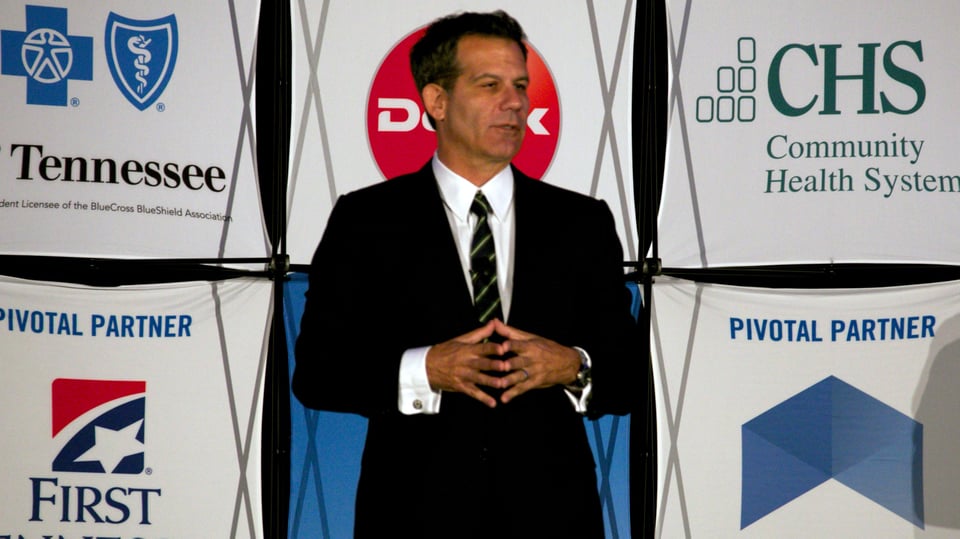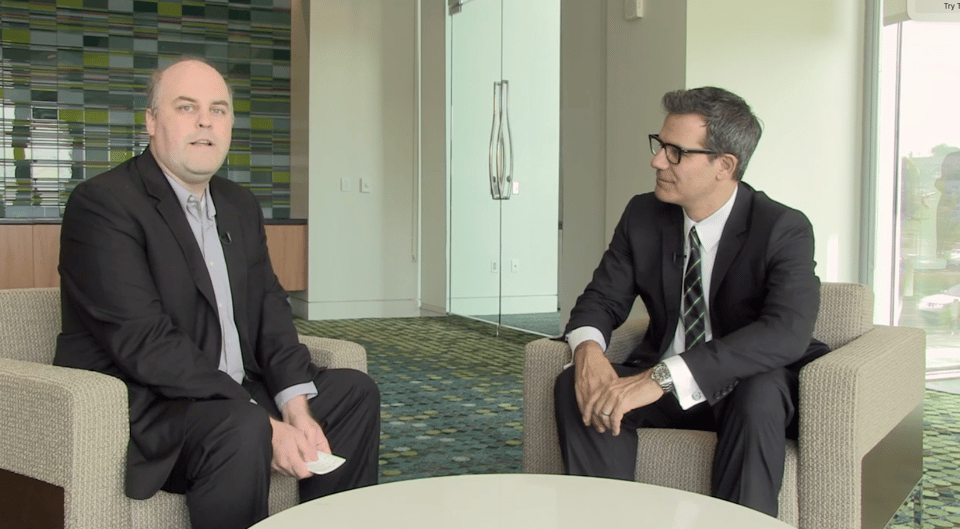Meeting Richard Florida
Meeting my Heroes is an occasional essay series from Matt Carmichael.
On giving interesting people interesting challenges
This is the story of, among other things, how What the Future came to be. I’m telling you this on the day we release the 50th issue somehow. The long and short is how much I owe Richard Florida.
Richard Florida and I are sitting at a bar, eating pizza. We’re in Toronto where he teaches at the University. Teaches is an understatement. He has his own institute. But for now, we’re eating and talking about cities and music, two of our favorite topics. I got extremely lucky and happened to be in town on a night when his family was already at his winter home in Miami and the class he was teaching was winding down so when I shot him a “hey, I’m going to be in town” dart he was actually available.
Richard Florida was once aptly described as “the closest an urbanist will ever get to being a household name.” He would beg to differ and suggest Jane Jacobs, one of his heroes and mentors, qualifies. But he is known for coining an idea of a “creative class” of people and their importance to cities. This idea helped spark a renaissance and remaking of many of the world’s cities large and small. He’s a big deal in many of the worlds I have worked in. I was first introduced to his work when I was writing about stats and demographics at Ad Age, and I then interviewed him for the blog I started there. Then again at Crain’s Chicago.
When I started at Livability I knew I had a daunting challenge. We wanted to be known as THE authority on best places to live. But we weren’t yet known for anything like that.
I figured we needed a partner. And while I didn’t know who that was, I knew Richard would know and that an introduction from him to whomever would go a long way in opening doors.
The first problem was that Richard Florida is a really busy guy and hard to get ahold of. But I knew he was hosting a conference in Miami and so I bought a ticket and got on a plane.

I had a big ask of him, I knew, but figured it would be better in person. Sure enough, I was able to track him down. At this point, I’d met him once before, briefly in New York when I also met Joel Kotkin and Dan Ariely but I was pleasantly surprised that he remembered me and knew who I was.
So I told him my interesting challenge. I wanted to do the best Best Places to Live list possible. I knew this was a topic he cared about a lot, having written “Who’s your city.”
I then asked him my favor: Could he introduce me to someone who could help me figure out how do that? What happened next literally changed the course of my career and life.
He said, why don’t you go to Toronto and meet with my team. We’d be happy to help. So the intro he made wasn’t to someone else, exactly. It was to his own researchers! I was floored at the generosity and the curiosity.
This also fit a pattern which leads to the three lessons of this meeting. The first is that you need to be ready to make the big ask. But I also knew I had the second lesson going for me: Give interesting people interesting problems and they tend to want to help you solve them. I had an interesting problem: how to create a credible best places to live list. Richard (and his team) were filled with curiosity. They wanted to solve the problem and therefore help me solve it.
And part of that is the third lesson. Believe in the power of your story. I had a solid story to tell, about how we wanted to do this project right and wanted to have a partner who could help us. And how we wanted to do it right for the right reasons. People needed better data about places and a better understanding of what makes a good place vs. what people thinks makes a good place. Richard knew that. And again, wanted to help.
I didn’t even have a current passport! But I got one and headed up to Toronto and met with Kevin, Zara and the rest of the team who would become excellent collaborators. I got to return the favor ever so slightly when Kevin visited Chicago and I was able to introduce him Ken Waagner and a charity he was working with at the time, which oddly meant I wound up having a chat with the two of them and the charity’s main backer, Luke Walton. Of the Walton family. Like, the Walmart Waltons. But I digress.
In the end, Richard was gracious. His team helped me build an index of livability that carried on long after I left Livability. It’s built through partnerships with data providers, many of whom became friends along the way. All curious, all eager to help solve this problem.
Lending his credibility did indeed help Livability.com establish its own, which helped me establish my own. I owe Richard a lot.

Later he was my first interview as I built the first issue of What the Future (Housing) at Ipsos. First, I knew that if I was going to talk future of cities, Richard was the guy I wanted to talk to. I mean, right?
Beyond that, I knew that if he would agree to it, anyone else I approached to interview would realize that if Richard Florida was in, what I was doing was legit and they would agree, too. Thus WTF was born and I owe Richard now two entire careers.
I later took the placemaking and economic development course Richard set up at his other academic appointment, NYU. It was taught with his collaborator Stephen Pedigo, another curious collaborator I’ve now worked with over the years.
More recently, when I was in Toronto and met up with Richard, he gave me a bunch of recommendations for places to eat and a great walking tour, because of course he loved to tout the best things about his city and why, for him and many others, it was a Best Place to Live. I didn’t make it to all the restaurants, but my boss at the time, Anne, and I really enjoyed the walking tour and seeing the city through his eyes.
I can’t say enough good things about Richard, his ideas, and his generosity in sharing them and his time.
But again, it all comes down showing up, finding good partners, telling good stories. Oh yeah, and then carrying it all through. Livability’s list was one that got the site a lot of attention and clicks, which was great. However the best praise were from the mayors of the towns we talked about. They understood we had done the work and that our list wasn’t merely click-bait. That led to a lot more conversations, which I’ll get to next.
Here is Richard’s suggested walking tour, starting at the Ipsos offices, in December. I did indeed enjoy.
“I would walk from your office through the university of Toronto, then down to College Street. From there I would walk down College Street to the Italian district. There will be great authentic coffee shops. Also, Gian Carlo is a fantastic restaurant. And you will pass by both Bar Raval and Dailo which are two fantastic spots for dinner.
Double back and walk through Kensington Market which is a must see. And I mean MUST SEE.
From there either take an Uber or walk to Queen West. Walk down Queen Street, see the shops. You should go at least as West as Trinity Bellwoods Park or a little further west. There are very good restaurants at Queen and Ossington.
The Distillery is worth checking out but it is a little “corporate.” If you go, check out my buddy’s sort of healthy eating restaurant, Impact, nearby.
ENJOY. This is a fantastic city.”